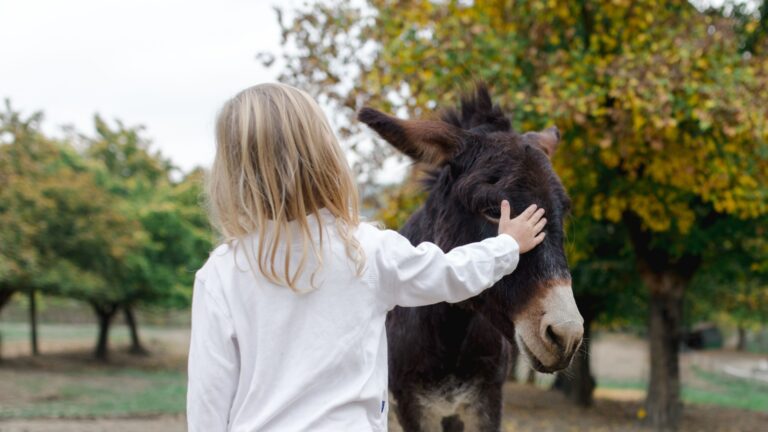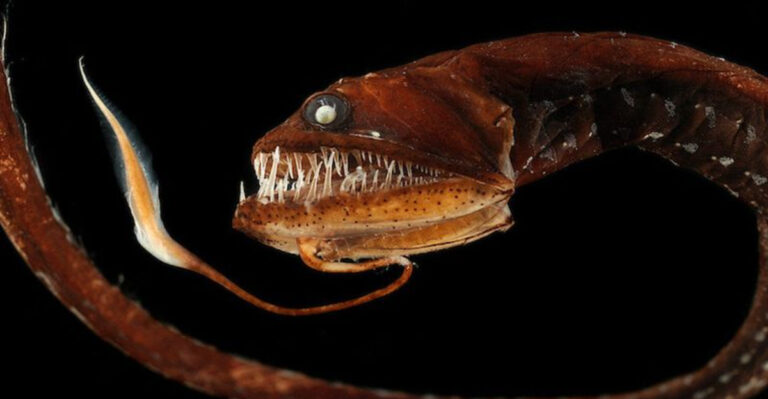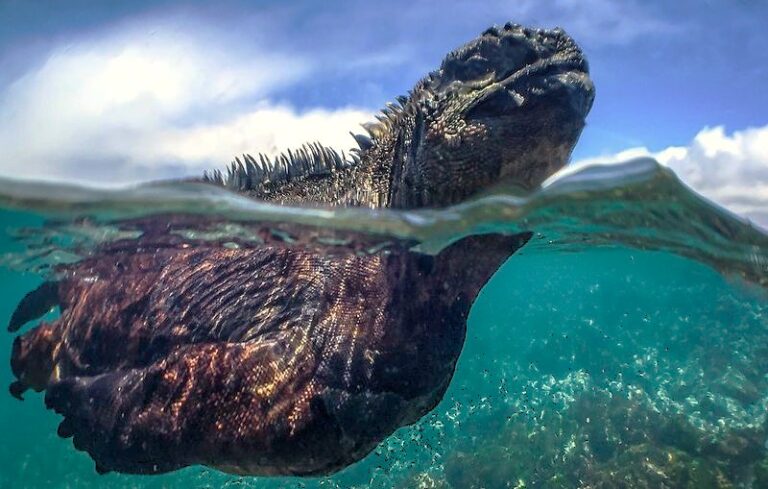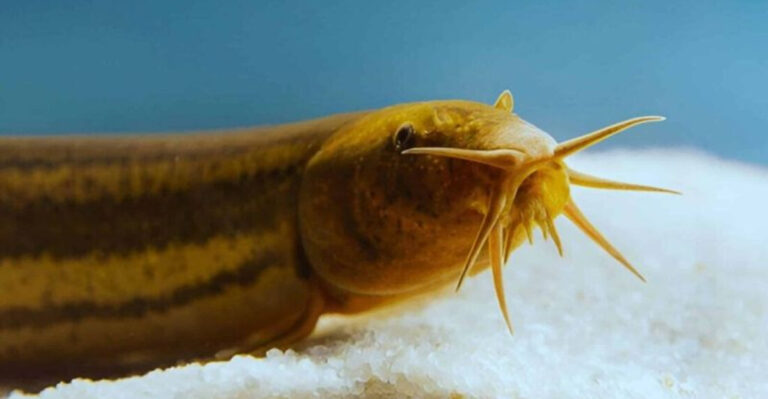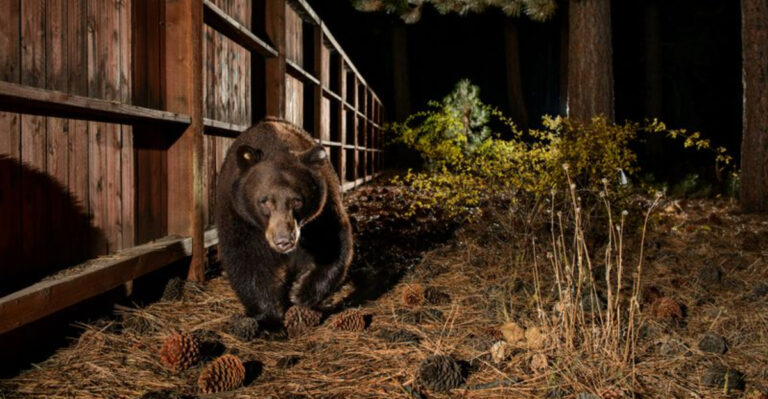13 Fun Facts About The Solitary Aardvark
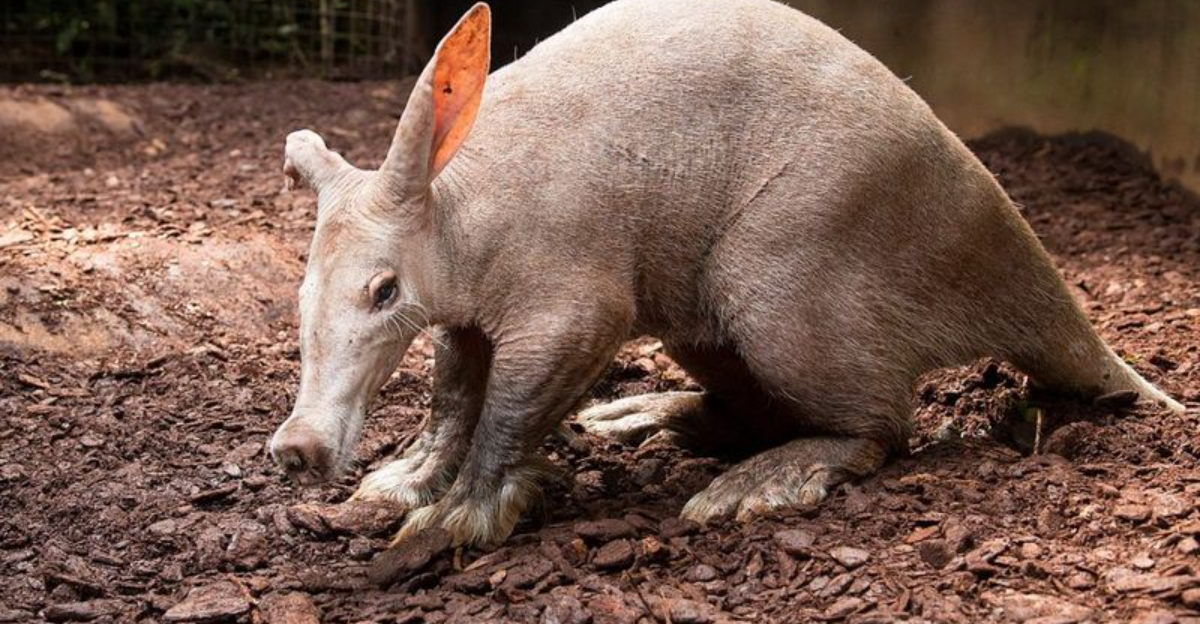
Aardvarks are fascinating creatures with unique characteristics that set them apart in the animal kingdom.
These solitary, nocturnal mammals are often misunderstood due to their resemblance to anteaters, but their distinct traits are worth exploring.
From their exceptional digging skills to their long, sticky tongues, aardvarks have adapted perfectly to their environment.
1. Aardvarks Are Not Related To Anteaters
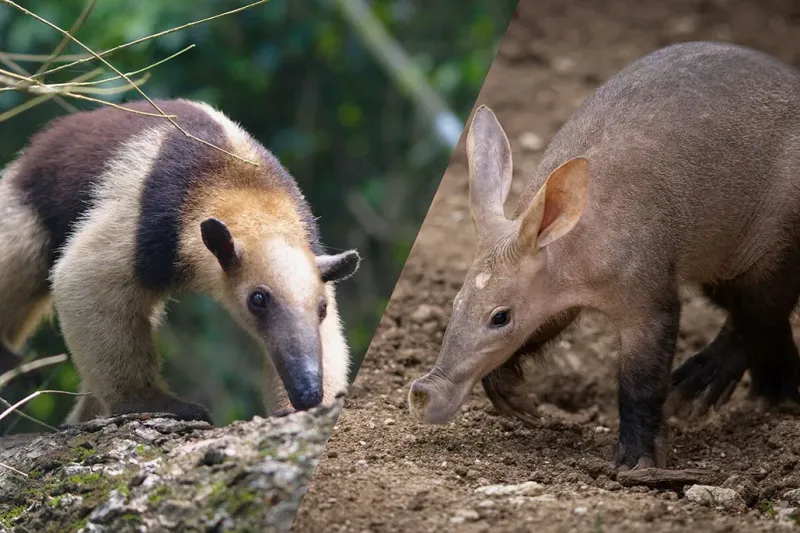
Aardvarks and anteaters may look similar with their elongated snouts and love for insects, but they are not related.
While both have evolved to eat ants and termites, aardvarks are native to Africa, whereas anteaters are found in Central and South America.
Aardvarks belong to their own order, Tubulidentata, showcasing unique traits that distinguish them from their distant counterparts.
2. They Have Exceptional Digging Skills
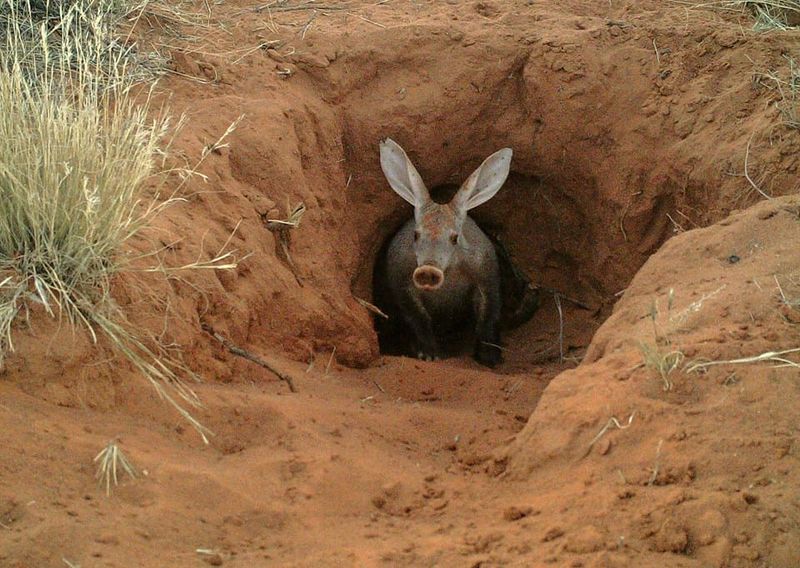
Armed with strong, spade-like claws, aardvarks are master diggers. They create extensive burrows for sleeping and escaping predators.
These underground homes, built in a matter of minutes, provide safety and a cool retreat from the African heat.
Their remarkable digging prowess is a testament to their adaptability and survival instincts, making them true architects of the wild.
3. Aardvarks Are Nocturnal
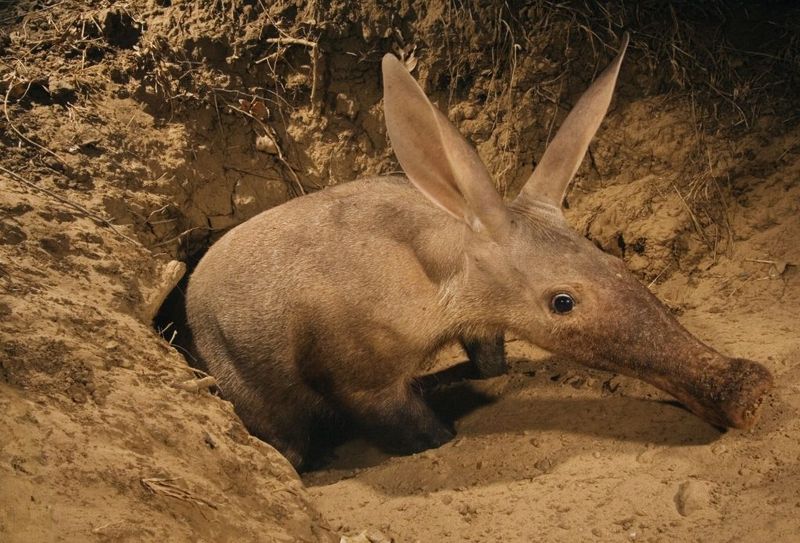
Aardvarks embrace the night, avoiding the harsh sun while they forage for ants and termites. Their large eyes and acute hearing aid in navigating the darkness, while their nocturnal habits reduce encounters with predators.
This lifestyle not only protects them from the heat but also aligns with their prey’s activity, ensuring a successful hunting routine each evening.
4. They Have A Long, Sticky Tongue
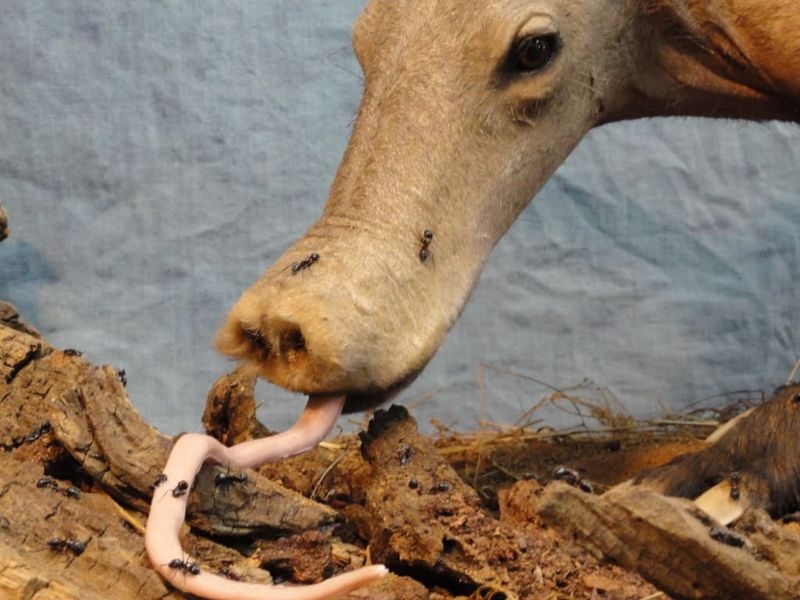
Equipped with a tongue up to 30 centimeters long, the aardvark is a formidable insect-eater. This sticky appendage allows them to slurp up ants and termites efficiently.
Similar to pangolins and anteaters, aardvarks have perfected this feeding method, using their tongues to probe into tight spaces and fill their bellies with thousands of insects each night.
5. Aardvarks Can Hold Their Breath For Minutes
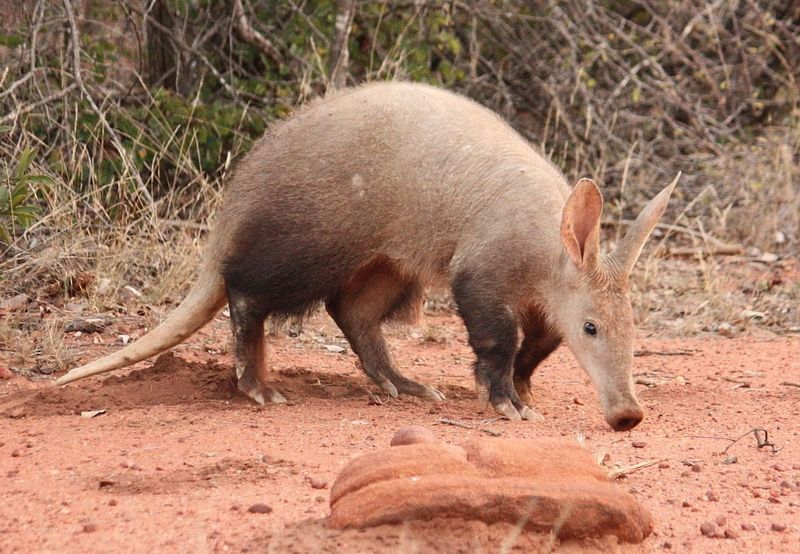
An aardvark’s ability to hold its breath for several minutes is crucial when digging or hiding in burrows. This skill helps them remain undetected by predators and keeps dust at bay as they excavate the earth.
Their respiratory control is a marvel of nature, allowing them to thrive in their underground world without compromising their health or safety.
6. They Are Solitary Creatures
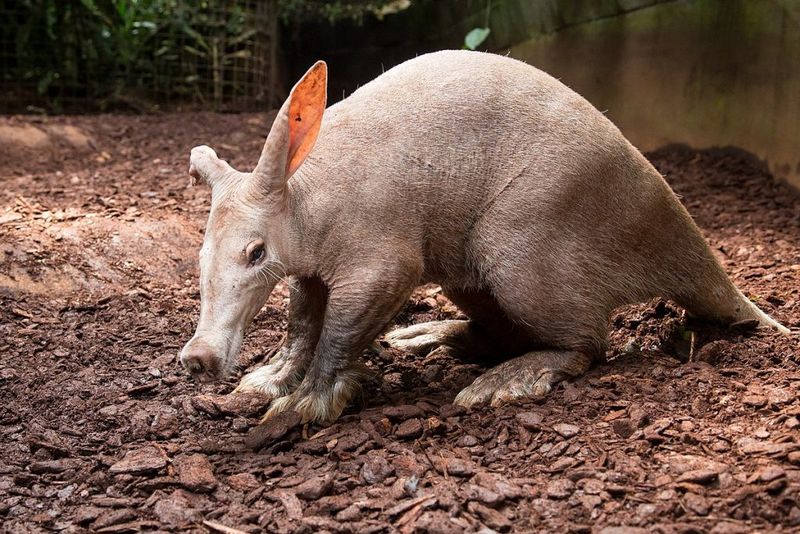
Aardvarks prefer solitude, leading lives largely independent from others of their kind. This solitary nature reduces competition for food and habitat, while also minimizing the risk of drawing attention to predators.
Their aloof behavior underscores their survival strategy—one that favors independence and self-reliance in the often harsh African landscape.
7. Aardvarks Have Large Ears For Excellent Hearing
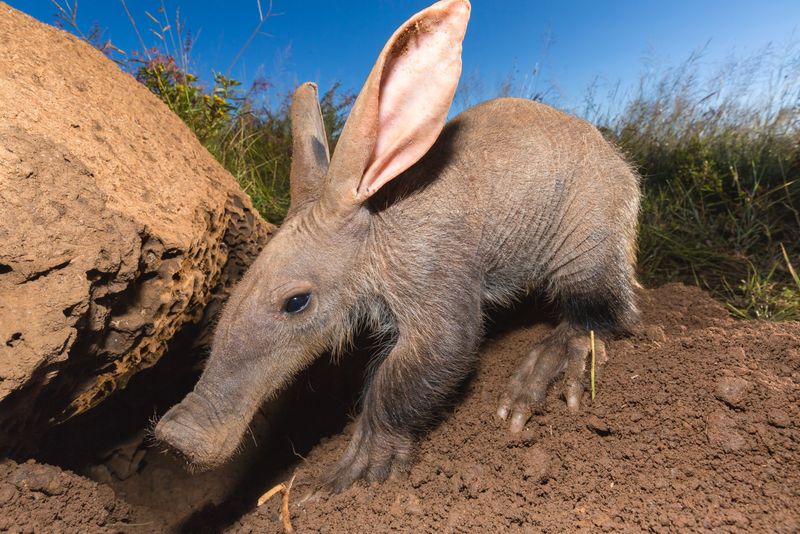
With ears reminiscent of a rabbit’s, aardvarks excel at detecting sounds. Their acute hearing is vital for sensing predators and locating prey in the cover of darkness.
This auditory prowess is a hallmark of nocturnal animals, giving aardvarks an edge in the wild as they navigate through their nighttime surroundings with remarkable precision.
8. They’re Not Endangered, But Face Habitat Loss
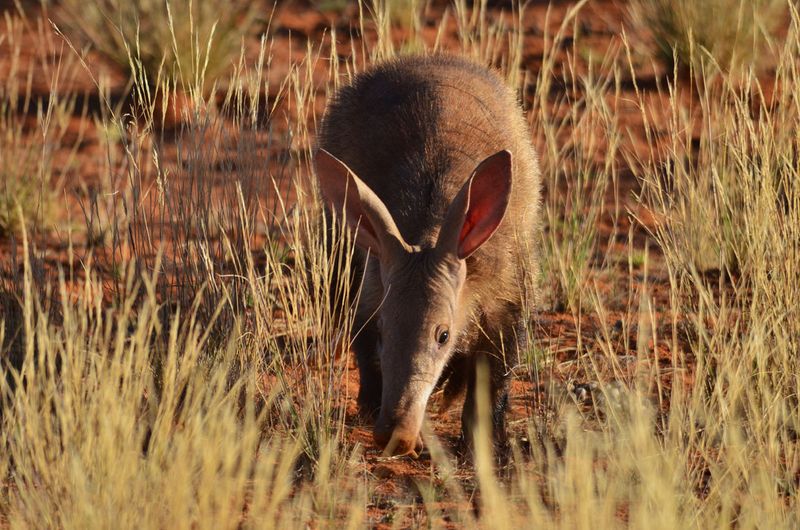
Aardvarks are not currently endangered, but habitat loss poses a significant threat. As human activities encroach upon their natural environments, these creatures face dwindling food sources and safe spaces.
Conservation efforts focus on protecting their habitats to ensure aardvarks continue to thrive. Awareness and sustainable practices are key to their survival.
9. Aardvarks Can Weigh Up To 60 Kilograms

Aardvarks weigh between 40 to 60 kilograms and are about the size of a medium-sized dog. Their hefty build aids in digging and defense, but also poses challenges in terms of mobility.
Despite their size, aardvarks are surprisingly agile, using their strength to forage and navigate their environment effectively, always ready to retreat to their burrows if threatened.
10. Their Burrows Can Be Extremely Deep
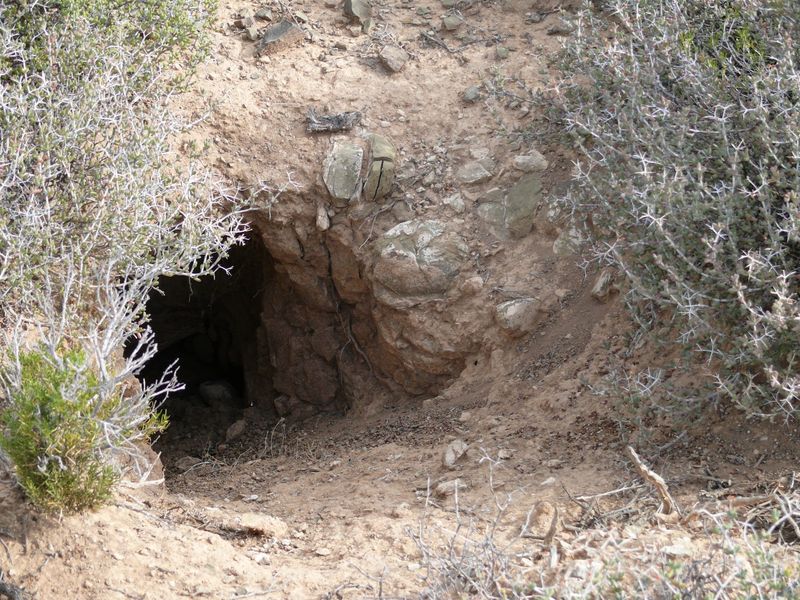
Aardvark burrows can reach depths of up to 10 meters, featuring multiple chambers for sleeping and refuge. These extensive networks serve as protection from predators and harsh weather.
By creating such deep homes, aardvarks contribute to the ecosystem, providing shelter for various animals once vacated, highlighting their importance beyond mere insect consumption.
11. Aardvarks Use Their Tail For Balance
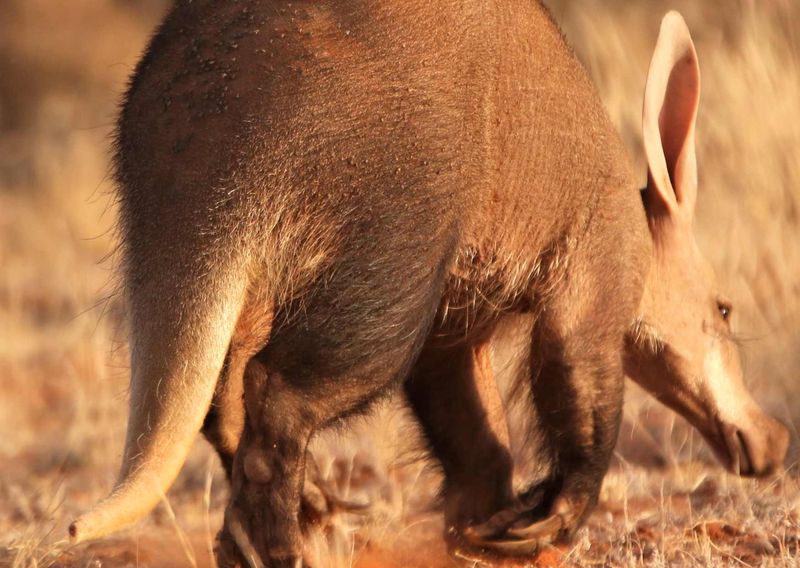
The thick, muscular tail of an aardvark is not just for show—it aids in balancing while digging and moving. This tail acts like a counterweight, ensuring stability as they maneuver through their diverse habitats.
Such unique adaptations make aardvarks well-suited for their solitary, underground lifestyle, demonstrating nature’s ingenuity in every aspect of their anatomy.
12. They Have A Good Sense Of Smell
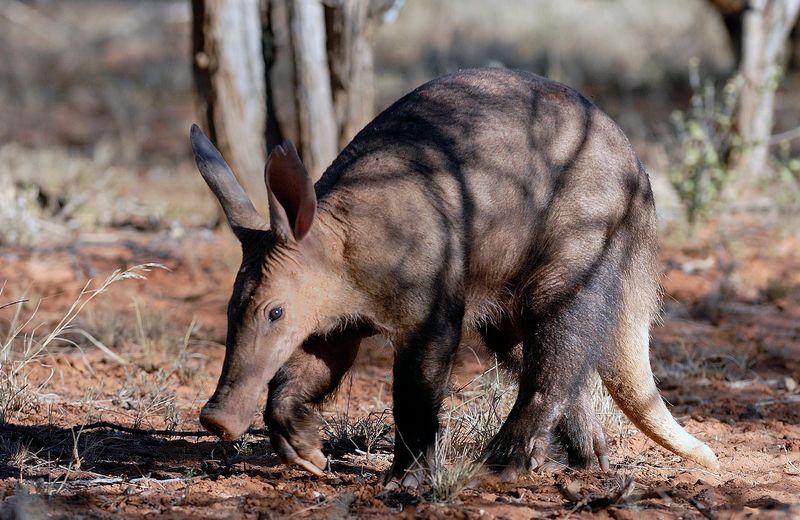
An aardvark’s keen sense of smell is integral to its survival, guiding them to ant hills and termite mounds with precision. Their snout, akin to a highly tuned radar, picks up scents in the environment, allowing them to find food hidden underground.
This olfactory prowess sets aardvarks apart, making them excellent foragers in the vast African landscapes they call home.
13. Aardvarks Have Very Few Natural Predators

While aardvarks are mostly safe from predators thanks to their nocturnal habits and burrows, they face threats from lions and hyenas.
When danger lurks, they retreat swiftly to their burrows or rely on their claws for defense. Their elusive nature and adaptability ensure they remain a step ahead of their adversaries, a testament to their resilience in the wild.

